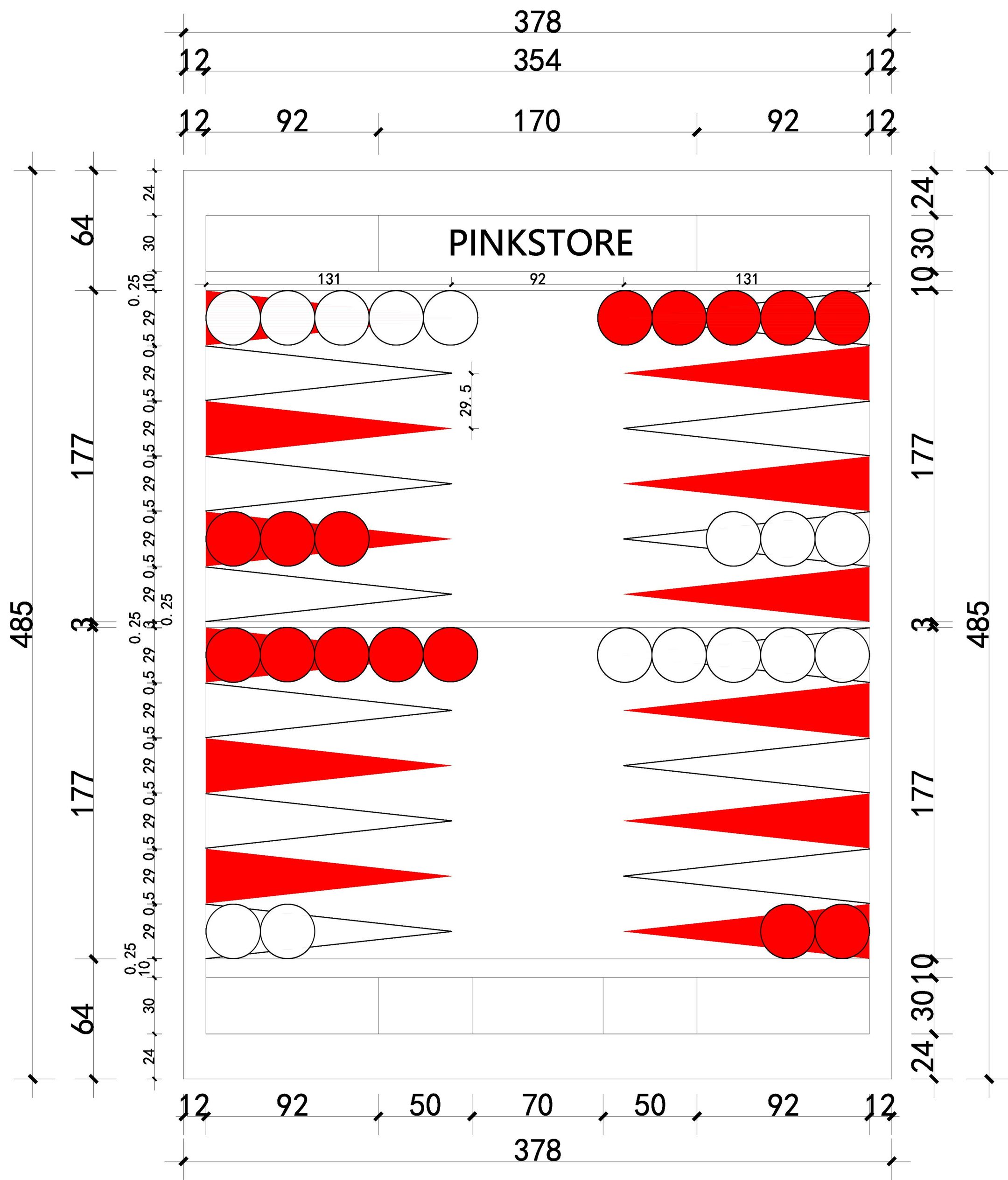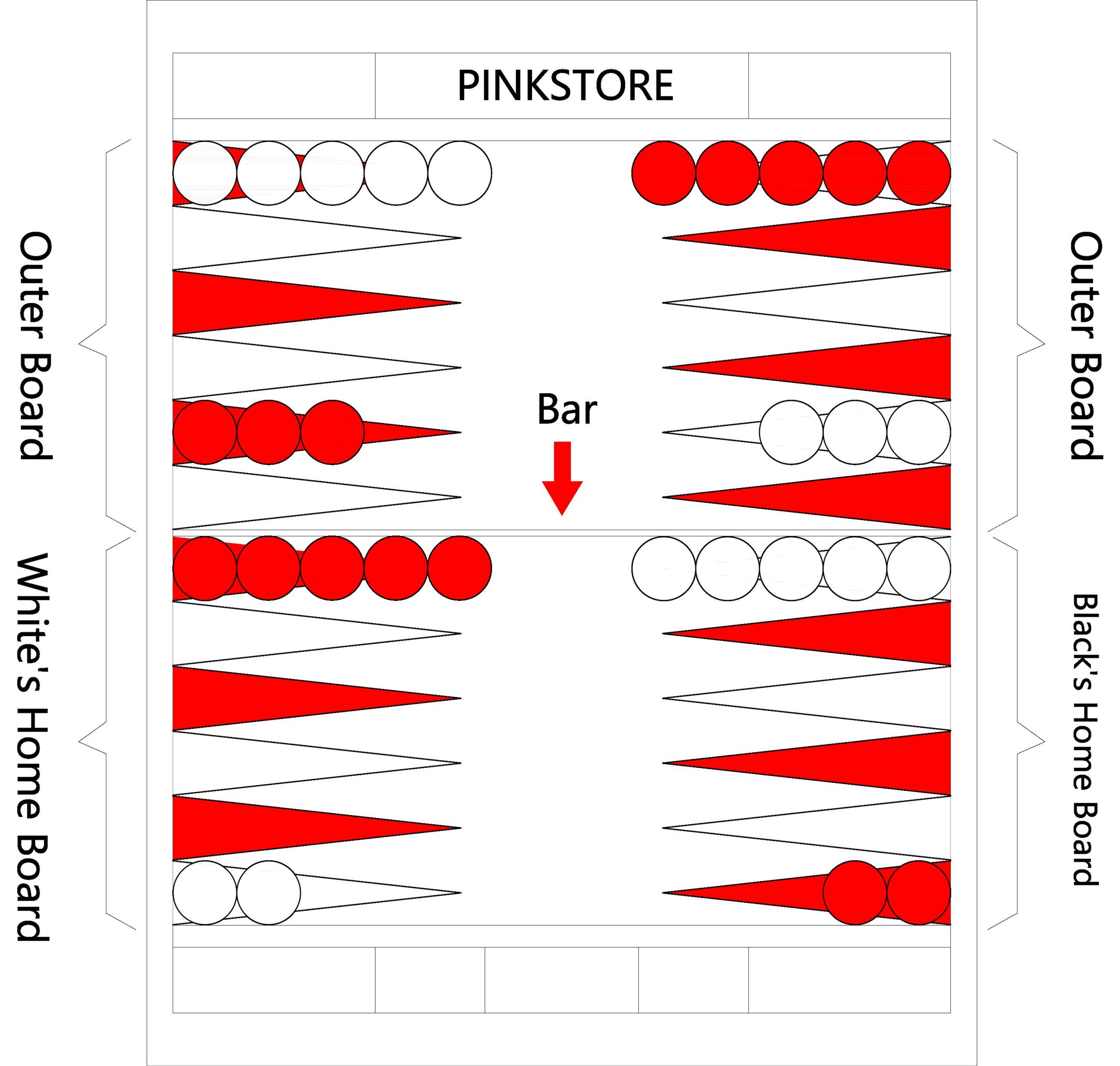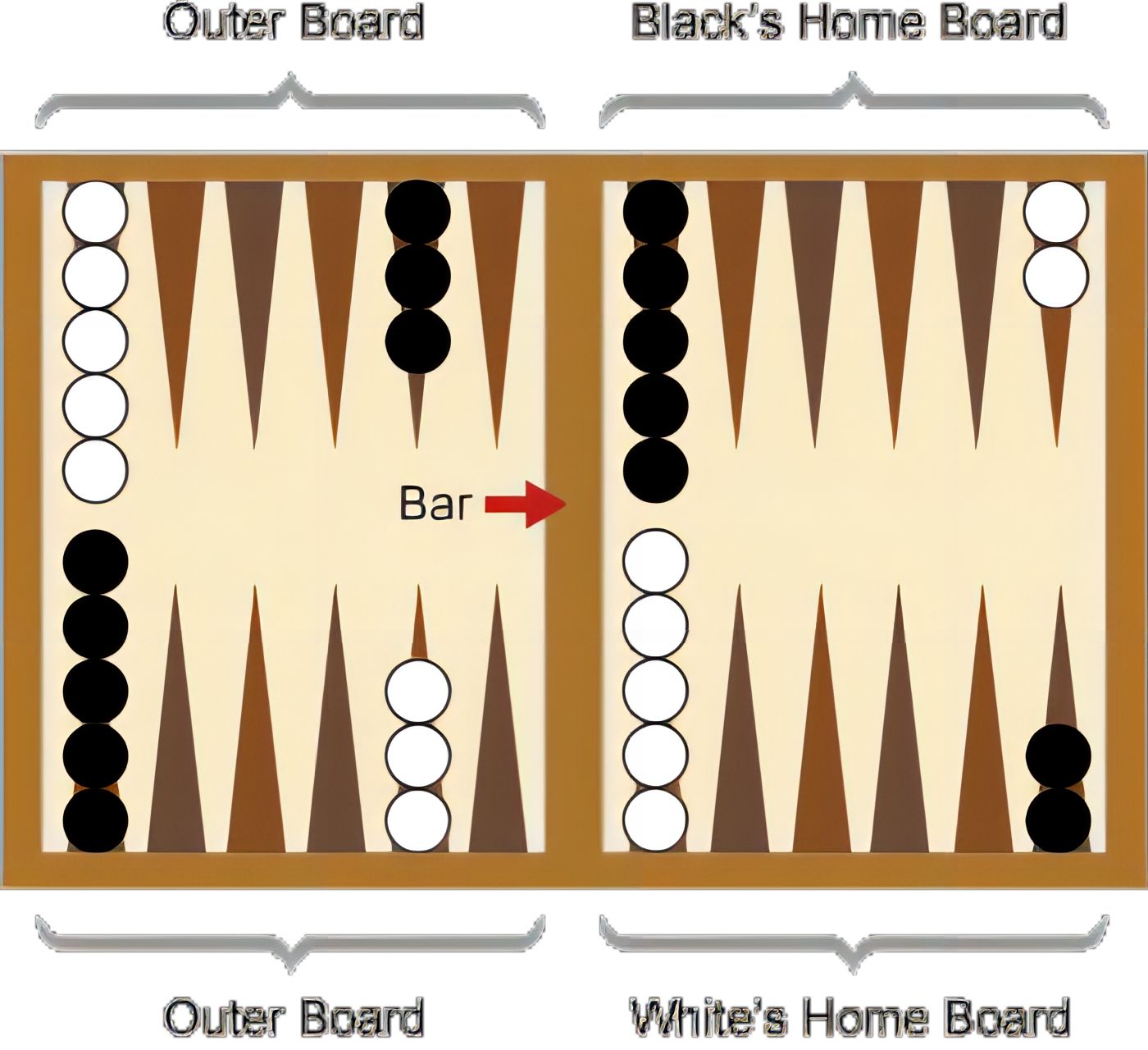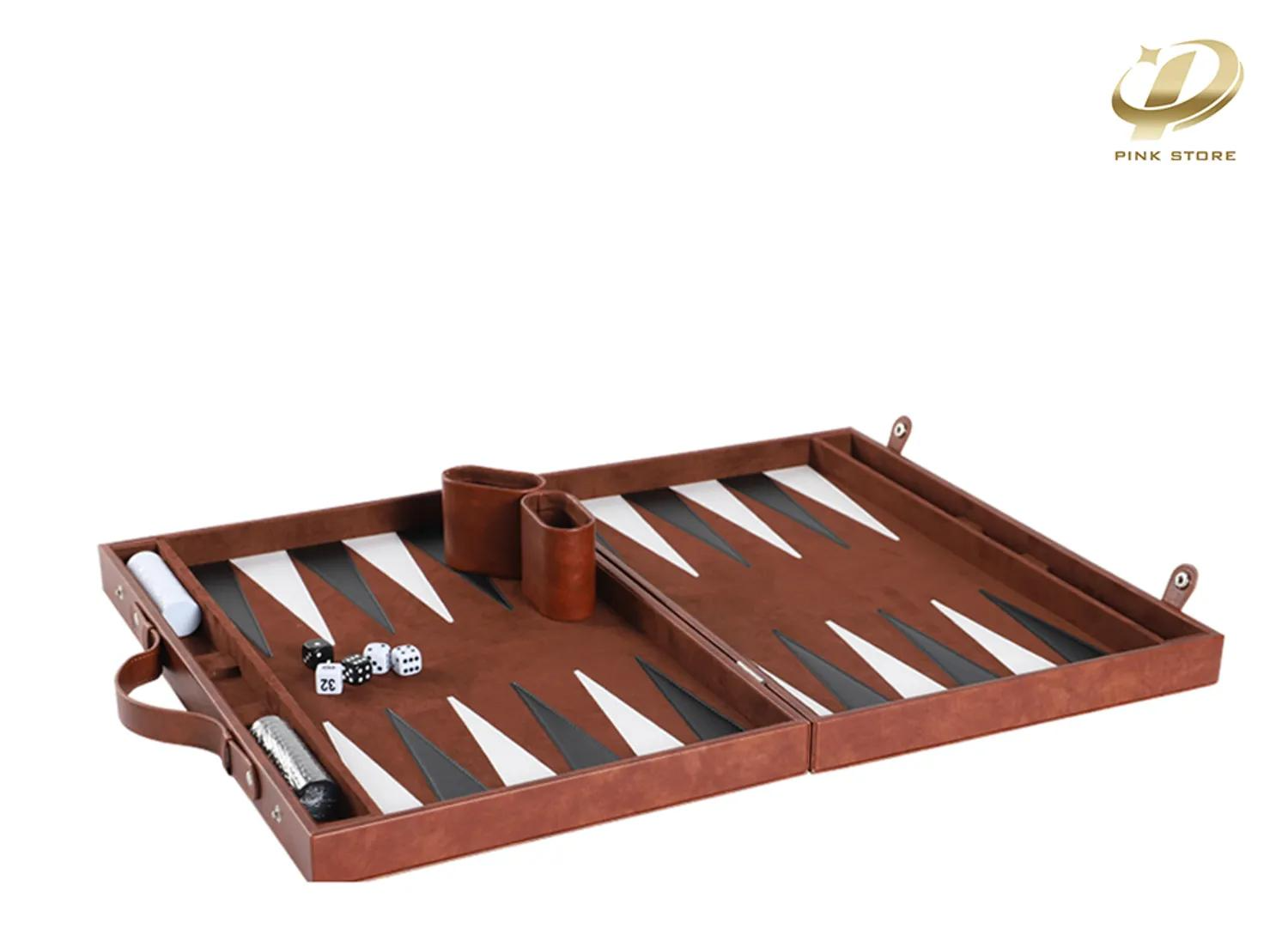
Get A Quote
How to Play the Backgammon Board Game?
Understanding the Components of Backgammon
Backgammon Board: Layout and Structure
At the heart of every backgammon game lies its distinctive board, featuring 24 narrow triangles known as points or pips. These points are arranged into four quadrants, each containing six points. Understanding this layout is crucial for strategizing movement across the board.
Checkers: Roles and Colors
A set of 15 checkers in contrasting colors constitutes the playing pieces for each player. These cylindrical tokens maneuver across the board, aiming to reach their respective home quadrants and ultimately bear off.
Dice: Role in Determining Moves
The roll of two six-sided dice dictates the movement of checkers. This element of chance adds an exhilarating dimension to the game, requiring players to adapt their strategies based on the outcomes of each roll.
Doubling Cube (Optional): Adding Complexity to the Game
For those seeking an added layer of complexity, the doubling cube comes into play. With its numbered faces, it allows players to escalate the stakes, intensifying the strategic interplay between opponents.
Dice Cups (Optional): Ensuring Fairness in Rolls
To maintain fairness in gameplay, players may opt to use dice cups for rolling the dice. This prevents any suspicion of manipulation and ensures that chance plays its rightful role in determining outcomes.
The Mechanism of Victory or Defeat
In the game of backgammon, victory is achieved by skillfully removing all your checkers from the board. This process, known as "bearing off," involves strategically maneuvering your pieces to your home board and then off the board entirely.
To bear off, you must roll the precise number needed to reach an empty point within your home board, matching the pip count of the checker. Once all your checkers reside in your home board, you can begin bearing them off based on the dice rolls.
The player who successfully bears off all their checkers first wins the game. However, if the opponent hasn't borne off any checkers and still has pieces on the bar or in your home board, you earn a gammon, doubling your points. Furthermore, if the opponent still has checkers in your home board or on the bar, you achieve a backgammon, tripling your points.
Thus, winning in backgammon isn't just about clearing your board but outmaneuvering your opponent and maximizing your scoring opportunities.
Playing Backgammon
Setup
At the onset, each player receives 15 checkers in their designated color. The board, divided into four quadrants, houses six points or triangles within each quadrant. Players position themselves opposite each other, placing their home board on their right side.
Starting Position
As the game commences, each player strategically arranges their checkers on the board. Two checkers reside on the 24-point, five on the 13-point, three on the 8-point, and another five on the 6-point. The opponent's home board mirrors this setup directly across.
Objective
The fundamental aim in backgammon is to navigate all checkers around the board to one's home board and subsequently remove them from play. Victory is achieved by being the first player to successfully bear off all checkers.
Movement
Players alternate turns, rolling two dice to determine the distance their checkers can travel. The numbers rolled correspond to the number of points a checker may move. For instance, if a player rolls a 3 and a 5, they can move one checker three points and another five points, or combine both to move a single checker eight points if unimpeded by the opponent's checkers.
Basic Rules
Checkers advance clockwise around the board, with players aiming to land on unoccupied points or "blots" controlled by their opponent. Capturing a blot sends the opponent's checker to the bar, situated in the middle of the board.
Hitting and Entering
Should a player have checkers on the bar, they must reintroduce them into the opponent's home board before making any other moves. This re-entry is dictated by rolling the dice and placing the checker on the corresponding point. If blocked, the player forfeits their turn.
Bearing Off
Once all checkers occupy the player's home board, they may commence bearing them off based on dice rolls. Each checker must be removed from the highest occupied point in the home board, with rolls dictating the precise number required.
Doubling Cube
In certain variations of the game, a doubling cube enhances the stakes. Players can propose to double the wager before their turn, with opponents given the choice to accept and continue or decline, conceding the current game.
Winning
The first player to successfully bear off all checkers wins. Should the losing player fail to bear off any checkers and still have checkers in the opponent's home board or on the bar, the winning player earns a gammon, doubling their points. If checkers remain in the winning player's home board or on the bar, the win becomes a backgammon, tripling the points.
Conclusion
Remember, proficiency in backgammon, like any skill, comes with practice and dedication. Don't be discouraged by setbacks; instead, view them as opportunities for growth. Keep honing your strategies, refining your tactics, and challenging yourself to become a formidable opponent.
If you're ready to embark on your backgammon adventure or add a new set to your collection, why not check out PinkStore's exquisite selection? With a range of high-quality backgammon sets to choose from, you can elevate your gaming experience while supporting our store.




